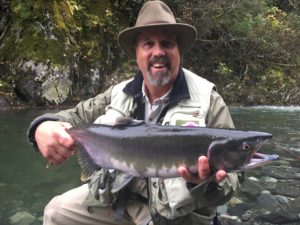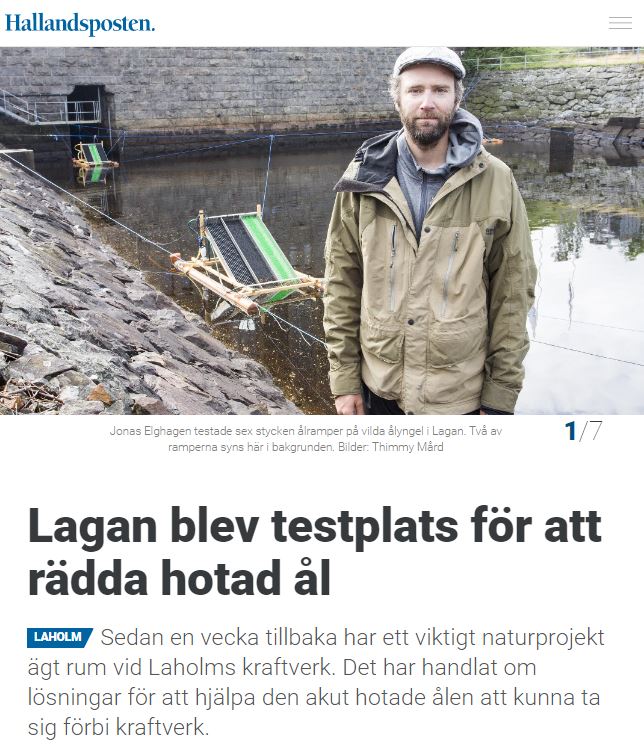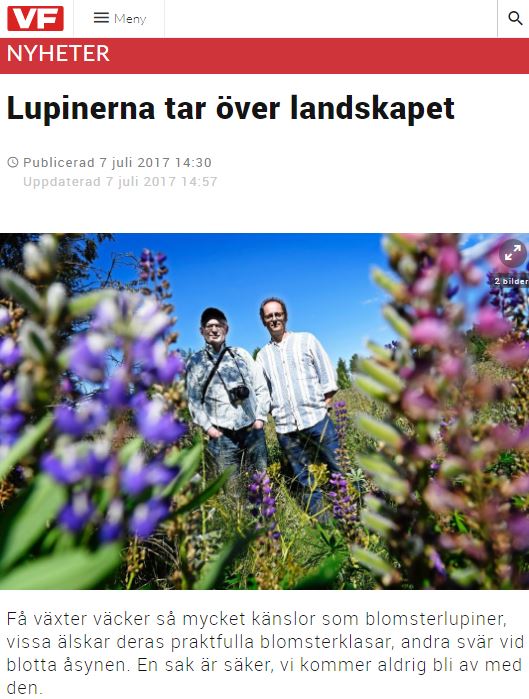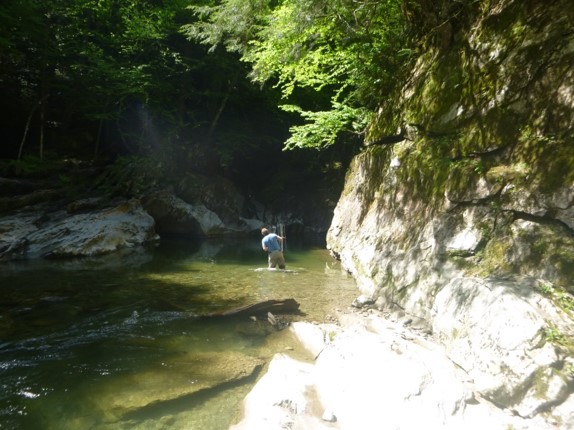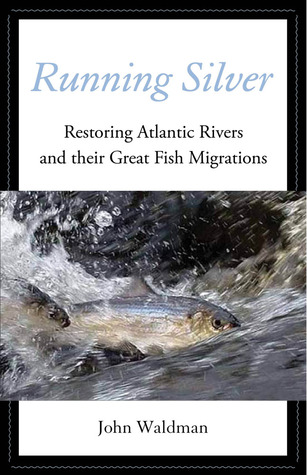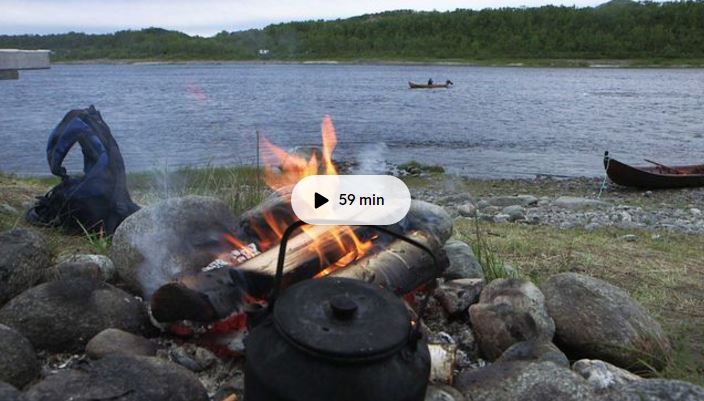Welcome to NRRV: Richard Durtsche
Posted by Daniel Nyqvist | NyheterRichard Durtsche recently joined the NRRV-research group as a visiting professor from Northern Kentucky University, USA. Here he presents his background and some of his planned work at Karlstad University:
“My name is Richard Durtsche, and I am a visiting professor joining the Kau River Ecology and Management Research Group from Northern Kentucky University (NKU) where I am a Professor of Biological Sciences, the Director of the NKU Research and Education Field Station, and Curator of Vertebrate Collections. I am a physiological ecologist and herpetologist with research interests in the feeding ecology, nutrition, and physiology of amphibians, reptiles, and fish along with related impacts of invasive species; niche occupancy; and bioassessment of aquatic ecosystems. I am currently on a one-year sabbatical, and my goals include professional development and exploring new research focused on modeling of fish drift-feeding and the ecophysiology of stream fishes related to my previous work on the foraging ecology and metabolism in reptiles and amphibians. This program will also strengthen the collaboration of our recently established exchange program that now exists between NKU and Kau.
My research goals are to investigate new methodologies in foraging ecology and ecological modeling as a collaborator in studies of the eco-physiology of drift feeding and energetics in Salmonid fish (trout, salmon, etc.), and potential changes in their metabolism related to thermal changes (potential effects of climate change) during development. The first part of these investigations will focus on the increased accuracy in measurements of the mass for three different macroinvertebrate (mayfly, caddisfly, and stonefly) prey types of these fish determined from digital images. These image measurements will then be combined with caloric content measures of these prey to provide an energetic basis of these food sources. The results will then be used to 1) improve theoretical models of the energetics and drift feeding by these fish for the group’s on-going studies on stream fish ecology and management, and 2) provide a basis for using digital images, potentially from a smart device, for enhanced methods and more rapid measures to understanding how different foods can influence fish distributions, their growth and abundance. The second part of this investigation will focus on the effects elevated environmental temperature (i.e., climate change) has on the metabolism of developing fish. By evaluating fish raised at different temperatures from the same cohort of eggs, we will be able to determine the plasticity (epigenetic capacity) of these northern climate fish to altered thermal environments. Measuring metabolic capacities is one of the best ways to determine the fitness of these fish and if they have the capacity to deal with climate change.”
Tomorrow, 24 October, Richard Durtsche will give a seminar titled “Amphibians, Wetland Aquatic Ecosystems, and the Impact of Invasive Plants”. The seminar will be given at 13:15 in room 5F416 at Karlstad University.



